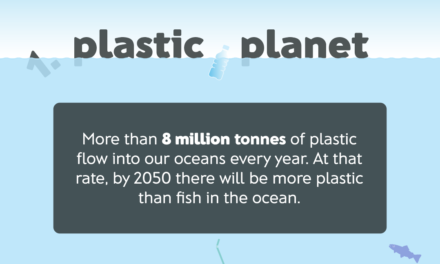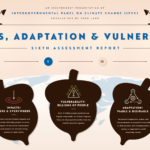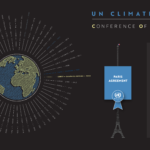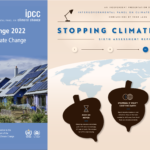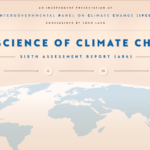Plastic Paradox
BY JOHN LANG
Part One in this series, Plastic Planet, looked at the numbers of plastics entering our ecosystems. But everything’s relative, so Part Two looks elsewhere. Plastics might be a pain in the eye but they can be very useful: they are cheap, durable, sterile and strong. They also don’t kill humans.
Plastic pollution is so environmentally pervasive that it’s been put forward as a geological indicator of the proposed Anthropocene (or human era). The above infographic and the below commentary looks beyond that pervasiveness, if for a second.
Since coming online in 1950, Plastics have improved the lives of countless humans:
- Its use has helped to revolutionise the field of medicine — making patients safer, and procedures simpler;
- Having plastic-packaged food that keeps and doesn’t kill you is of great value to billions of humans;
- Plastic in pipes facilitates clean drinking water supplies;
- To an ever larger degree, our airplanes and cars are made of plastic. The plastic in your average modern car typically makes up 50% of the volume but less than 10% of its weight, which helps make cars lighter and more fuel efficient, resulting in lower greenhouse gas emissions.
- Compared to other alternatives, plastic is light, cheap, sterile, strong, flexible and durable.
Plastic pollution may pull at the heart strings, but it doesn’t tend to break them. As illustrated, particulate pollution from fossil fuels is by far the largest environmental cause of disease and premature human death in the world today. Diseases caused by particulate pollution were responsible for an estimated 9 million premature deaths in 2015 (16% of all deaths worldwide), three times more deaths than from AIDS, tuberculosis, and malaria combined and 15 times more than from all wars and other forms of violence. Most alarmingly, in the most severely coal-affected countries, pollution-related disease is responsible for more than one death in four.
Plastics are not only less murderous than other forms of pollution; they are less expensive. A 2016 study by Trucost, a respected research outfit, looked into the costs of plastic and held them up against the alternatives. They estimated that the social and environmental costs of plastic sit at around US$139 billion. To put that into perspective, according to the UN Development Programme fertiliser run-off already costs humans about $200-800 billion a year. Ocean Acidification will likely cost humans about US$1.2 trillion per year by 2100. And then there’s climate change — which we’ll be exploring in hyper detail in part four, the Plasticity of Climate Change. But to give everyone a taste, a recent study in Nature found that limiting warming to 1.5°C our pre-industrial average (rather than the magic 2°C) would probably save the world more than US$20 trillion by 2100. And that figure doesn’t even acknowledge the lives that could be lost and the socio-political institutions strained if we fail to stabilise temperatures at 1.5°C and instead head north toward 2°C — where we meet the risks of irreversible ‘tipping points’ such as the melting of the Greenland ice sheet. Yet, I’m digressing — we’re not here to talk climate change.
In today’s straw-obsessed climate, plastic is the environmental movement’s poster child. And in its own emotional and tangible way, it deserves all the attention it gets. But, let’s explicitly note, there are much bigger environmental and social problems on our global plate — even though as it increasingly seems, that plate is made of single-use plastic.
______
Part three in this series looks forward to exploring what the world needs to do to kick the plastic-in-the-ocean habit. Part four will juxtapose the threat of plastics against the threat of climate change more explicitly.
If you didn’t catch it in part one, here’s a brilliant ‘In a Nutshell’ video about plastic pollution from one of our planet’s media treasures, Kurzgesagt.


